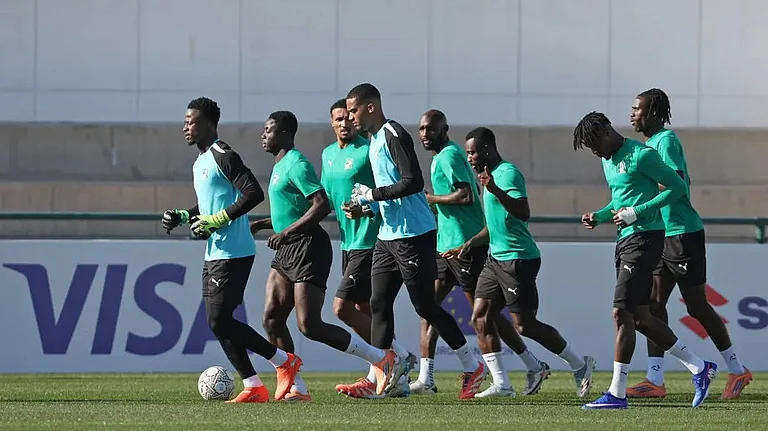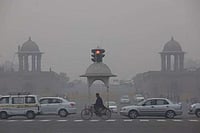Anthropogenic factors are posing a big threat to biodiversity as over one million species are at risk of extinction. This requires the immediate attention of the world. Therefore, representatives of 190 countries are meeting in Montreal, Canada for a summit on biodiversity known as COP 15. This two-week conference (between 7 to 19 December), was earlier to be held in Kunming, China but shifted to Montreal due to the Covid-19 situation in the country. Still, China remained the host of it.
What is COP 15?
There are numerous organisations and treaties to protect nature and biodiversity. Most of these treaties are voluntary, but some, like the Convention on Biological Diversity (CBD) and the United Nations Framework Convention on Climate Change (UNFCCC), are legally binding.
CBD was ratified by roughly 193 member countries and entered into force in 1993 (interestingly USA is one such country that only signed the treaty but never ratified it). It operates under the umbrella of the United Nations Environment Programme and has its secretariat in Montreal, Canada (UNEP). The parties under CBD, meet at regular intervals and these meetings are called Conference of Parties (COP), so the ongoing session COP 15, is the 15th such meeting.
What are the objectives of CBD?
CBD has three fundamental objectives. “First, conservation of biological diversity; second, the sustainable use of components of biological diversity and third, fair and equitable sharing of benefits arising out of the utilisation of genetic resources.” These fundamental objectives evolved through various conferences of parties (COP) held till now.
Additionally, there are two supplementary agreements with CBD. One, the Cartegena Protocol on Biosafety, which was adopted in 2000, aims to safeguard biological diversity against the threat presented by living modified organisms (LMOs) originating from modern biotechnology. Second, the Nagoya Protocol on Access to Genetic Resources and the fair and equitable sharing of benefits arising from their utilisation (ABS), was adopted in COP10 at Nagoya, Japan. The Nagoya Protocol is seen as a significant turning point since it covered advantages resulting from Traditional Knowledge (TK), which is in high demand from developing nations like India.
Also, it was during COP10, a strategic plan for biodiversity with 20 ambitious targets set to be achieved between 2011-2020 (United Nations Decade on Biodiversity), collectively called Aichi Biodiversity Targets, was adopted. However, no nation was able to accomplish these goals. The Conference of Parties' current main task is to develop a new set of environmental objectives for the ensuing ten years. This process is currently known as the Convention on Biological Diversity Post 2020 Framework.
Convention on Biological Diversity Post 2020 Framework
Within this post-2020 framework, nations along with active support from IUCN seek to achieve four broad goals by 2050. First, “restricting the extinction and decline of biodiversity”. Second, “to enhance and retain nature service to humans by conserving”. Third, “ensuring a fair and equitable benefit to all from use of genetic resources” and fourth “to close the financial gaps which impede this vision.”
The framework approaches this vision through a set of 21 action-oriented targets which need urgent attention and action over the ongoing decade. Contracting parties partially reached an agreement at the preceding session of COP 15, which took place last year, to synchronise their post-COVID recovery plans with UN initiatives for sustainable development, ecosystem restoration, and sustainable development of the ocean and for protecting 30% of the world's land and water in a network of protected areas, or the "30 by 30 target."
With the post-2020 framework on agenda, the ongoing second part of COP 15 becomes important as negotiating parties at this COP are expected to finalise and sign the remaining parts of the Post-2020 Global Biodiversity Framework. But as the conference progresses, it is anticipated that the contentious issue of agreement over closing the financial gap and coming to an arrangement on mobilising 200 billion USD annually would be a major hurdle.






















.png?w=200&auto=format%2Ccompress&fit=max)



